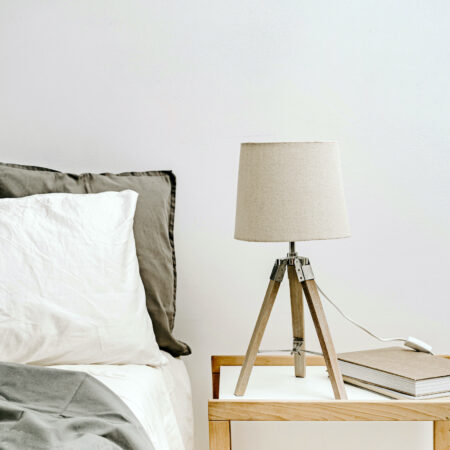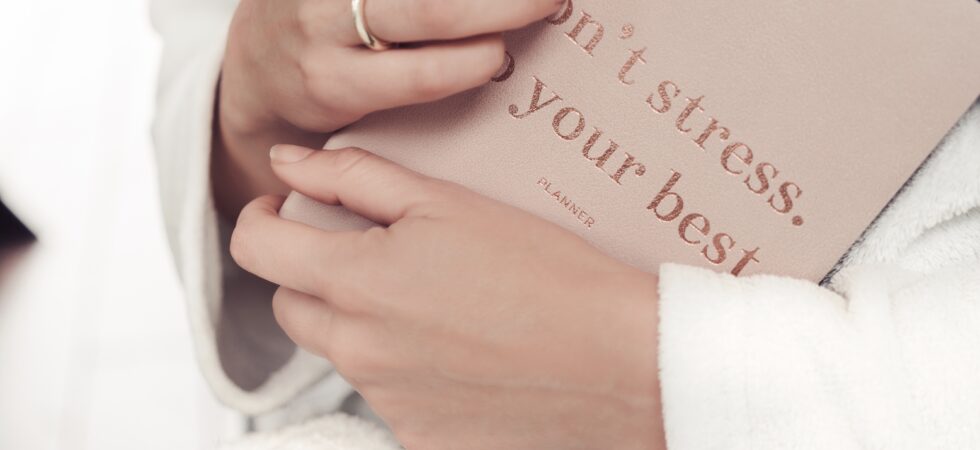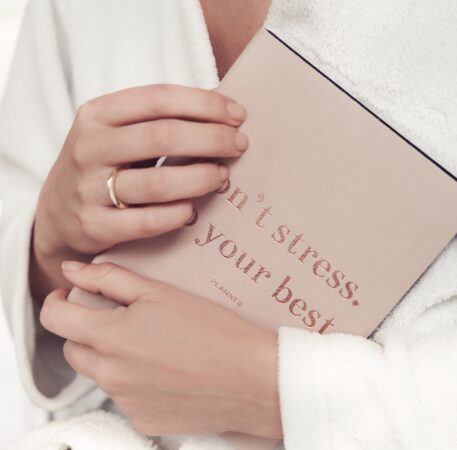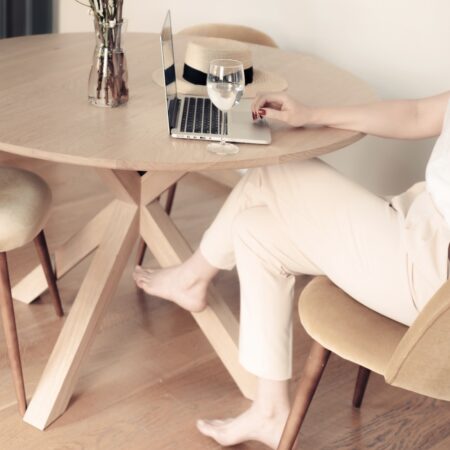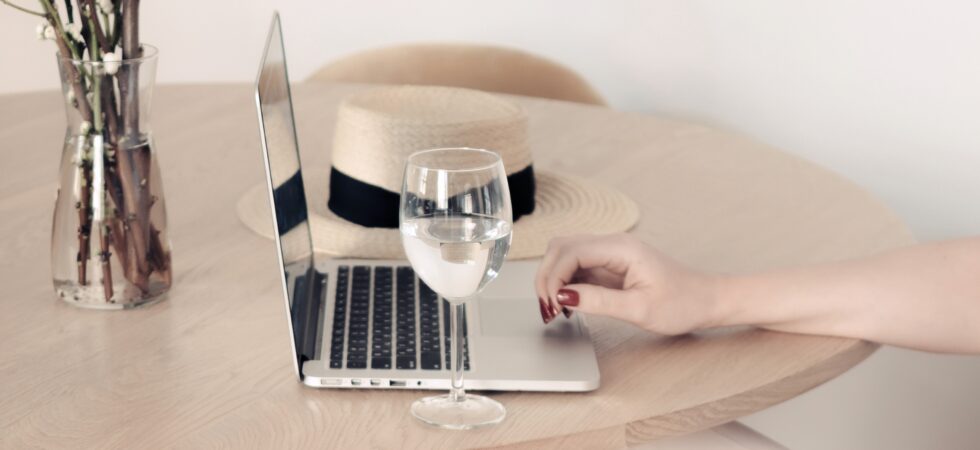Hi, there beautiful people, looking forward to emerging from your cocoons, the ‘bubble’ you’ve  been in these past 12 weeks? Must admit, I’m not ready to leave mine yet. Been relishing the fresh air on long beach walks with the man, the simple pleasure of an almond milk latte reward, home-cooked meals, lighting candles once reserved for special occasions, reading, writing, reflecting, giggling at TicTok revellers – the little pleasures I’d once reserved for ‘when I had time’. Then it dawned on me – COVID-19 and ensuing isolation have been our catalyst for implementing the Danish concept of ‘Hygge’ – the Danes would be proud! The past few months have taught us (me at least) the secret to their contentment first hand – we’ve been soaking in it! Thought I’d reshare a post I wrote this time last year on the art of Hygge. Read on to see just how you’ve been adopting the concept of Hygge.
been in these past 12 weeks? Must admit, I’m not ready to leave mine yet. Been relishing the fresh air on long beach walks with the man, the simple pleasure of an almond milk latte reward, home-cooked meals, lighting candles once reserved for special occasions, reading, writing, reflecting, giggling at TicTok revellers – the little pleasures I’d once reserved for ‘when I had time’. Then it dawned on me – COVID-19 and ensuing isolation have been our catalyst for implementing the Danish concept of ‘Hygge’ – the Danes would be proud! The past few months have taught us (me at least) the secret to their contentment first hand – we’ve been soaking in it! Thought I’d reshare a post I wrote this time last year on the art of Hygge. Read on to see just how you’ve been adopting the concept of Hygge.
July 14 2019: Hi, there lovely readers, I’m jumping off the “love your work” theme and taking a moment to pause, reflect and consider the flip side of our working life, the stuff that fuels our capacity to show up and deliver in the first place. I’m talking downtime.
As the crisper eves continue, it’s the perfect time to settle in, get cosy, and indulge in a little comfort and self-care with friends, loved ones and fur-babies. The Danish way. The Danes tie the ideas of companionship, wholesomeness, and contentment into one harmonious whole and call it “Hygge.” Come with me as we explore the Danish world of “Hygge” – pronounced “HUE-guh” – a delightful word that has no exact equivalent in English but loosely translates to ‘cosiness.’
Hygge?
 Coming from an Old Norse word, “hugga,” means to comfort or console, also the source of the English word “hug” and that’s all about warmth, comfort, and closeness – all the feelings you get from a hug. In Denmark, Hygge is a central part of the culture, one of the reasons happiness economists rate Denmark as the happiest country in the world, in spite of a wet, chilly climate where it rains for nearly half the year.
Coming from an Old Norse word, “hugga,” means to comfort or console, also the source of the English word “hug” and that’s all about warmth, comfort, and closeness – all the feelings you get from a hug. In Denmark, Hygge is a central part of the culture, one of the reasons happiness economists rate Denmark as the happiest country in the world, in spite of a wet, chilly climate where it rains for nearly half the year.
Country Living describes Hygge as “a feeling of cosy contentment and well-being through enjoying the simple things in life.” British journalist Helen Russell, author of “The Year of Living Danishly,” calls it “taking pleasure in the presence of gentle, soothing things.”
Examples of hygge?
Hygge life typically shares five main features:
Comfort. Snuggling around a crackling fire, cosied up in woollies with a cup of mulled wine, that’s the Danish way.
Companionship. Sharing that fireside and mulled wine with an intimate group of friends and fur-babies.
Relaxation. A leisurely walk, kicking back with a good read, immersing one’s self in creative hobbies, taking time to breathe, meditate, be still.
 Connecting with Nature. Immersing oneself in the sights, sounds, and smells of nature, feeling raindrops on our face, marvelling at cloud formations as thunderstorms roll in.
Connecting with Nature. Immersing oneself in the sights, sounds, and smells of nature, feeling raindrops on our face, marvelling at cloud formations as thunderstorms roll in.
Simplicity. Enjoying that morning coffee snuggled in your bathrobe while sitting by an open window and listening to the birds’ songs. So Hygge!
Show me how to hygge?
As you can see, the Hygge lifestyle is within anyone’s grasp, essentially, it focuses on slowing down, embracing nature and making more time for friends. Keen to immerse yourself in this way of life? Here are 12 suggestions to get you started…
1. Light a candle (or ten)
A big part of the Hygge gig, so no surprises that Danes go through more candles than any other nation on earth, they even use the term “lyselukker,” meaning “someone who puts out the candles,” to refer to a spoilsport. Many stores carry large bags 100 tea lights for under $15, too easy! I’m a sucker for both these and scented candles.
2. Light that fireplace
If a tiny candle flame is cosy, a fire is even cosier, after all, who doesn’t love watching flickering flames? A chance to toast a few marshmallows as well. No indoor fireplace? Why not stream a video of a crackling fire on your TV. You may not feel the heat, but you can still watch the flames flicker and hear the logs pop. There’s an app for that, and Youtube has10-hour videos as well.
3. Snuggle into comfy clothes
Jump into something easy and comfortable. Bulky sweaters and knitted socks or your favourite snuggly leisurewear, long as you’re comfy. I indulged in a set of cashmere pant and cardigan while settling into a cold Europe a few years ago and they’re still my winter faves.
4. Take a walk
Danes love a pleasant walk in all kinds of weather. Especially lovely with a friend or a group of friends, or just you and your dog – a great way to get closer to nature.

5. Ride a bike
Bikes are so Hygge because they move at a slower pace than cars, giving you time to enjoy the scenery. Already own a bike? Go for it! Or jump on one of the many yellow jobs lurking around our fair cities. Why not make the fresh food markets your first stop. Why?
6. Share a meal
Bring the outdoors in by gathering fresh, natural ingredients for homemade muesli, pancakes, fruit compote, roast lamb, meatballs, just some of the Danish faves, the focus being on comfort food rather than haute cuisine. If cooking for a crowd is not your gig, have your friends bring their favourite cosy dishes to share.
7. Bring nature indoors
While foraging at the markets for that fresh produce, grab a bunch of fresh flowers, foliage or branches from your garden, pine cones, anything that will fill your home with nature’s glorious work.
8. Share a warm drink
The Danes love a glogg or spiced mulled wine. Yum! However, any kind of hot drink – coffee, tea, hot chocolate -will add to the hyggelig atmosphere. Nothing cosier than sitting snuggled with a steaming mug in your hands on a cold, wet winters day.
9. Read a Book
A fabulous way to slow down and detach yourself from the busy, fast-paced modern world. Hard copy or Kindle, doesn’t matter (though my Mum would beg to differ – she loves the smell of a good book), as long as you can lose yourself in that story.
10. Indulge in a TV binge with friends
The Danes especially love police procedurals about deranged killers, and they’re pretty fond of scary movies too (stick to fictional scares though otherwise, you’ll be creating the wrong mood entirely!), feeling safe and cosied up amidst their friends. Doesn’t matter your preferences, as long as you’re relaxing.
11. Play Board Games
Yep, that’s a very Hygge way to spend an evening while ticking off three Hygge boxes: companionship, relaxation, and simplicity. Cards, board games, participation games abound.
12. Snuggle
I love a good snuggle, after all, what could be cosier than cuddling? Again the elements of Hygge – comfort, relaxation, simplicity, and spending time with people you’re close to. Snuggle with your partner, your kids, your bestie, your pet. Heck, why not all of them at the same time. It’s warm and joyful, and it costs not a cent.
Our world is hectic, we tend to take pride in who’s put the longest hours in, is working the hardest, and that’s precisely why Hygge is so useful for us. Hygge forces us to slow down and relax. Kick off with this top twelve and before you know it, you’ll be embracing the Danish ‘Hygge’ with ease.
Feel free to share your own Hygge ideas won’t you…




